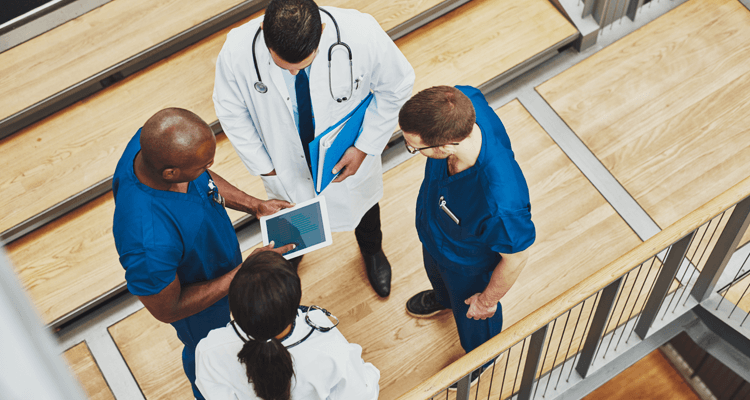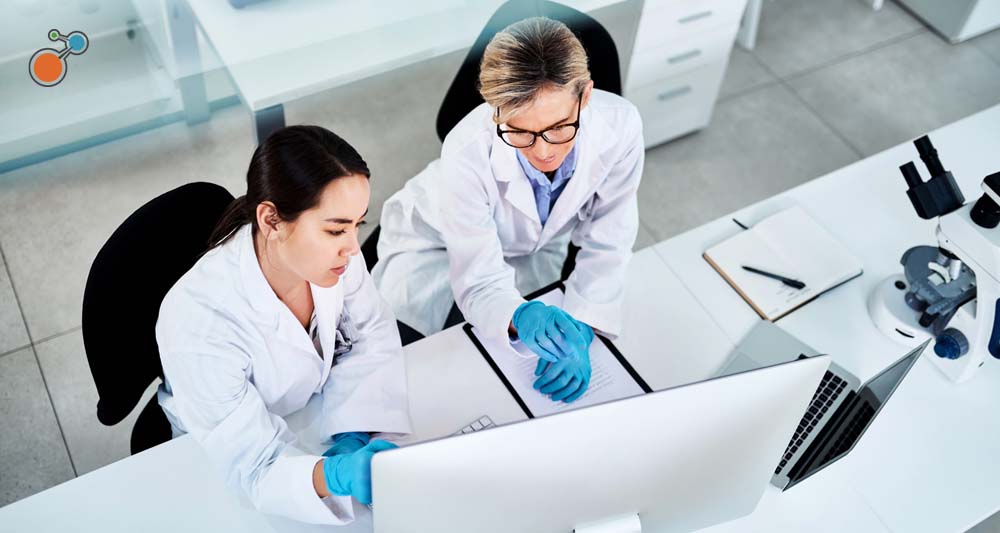Just imagine how much more effective you would be if risk, quality, and safety all worked together to improve patient care and minimize risk. No more duplication of effort. No more tunnel vision. No more surprises.
A healthcare RMIS can break through the silos perpetuated by separate systems and different lines of reporting to deliver one powerful picture of healthcare quality and safety.
As compelling as that may sound to you, top administrators – who don’t live in the trenches – may need some convincing about the specific benefits of a healthcare RMIS and what that can mean for the organization. To that end, here are 7 points to help you make the case for implementing a new software platform.
- Change the safety trajectory. A healthcare RMIS can aggregate large amounts of data to uncover the individually rare, but collectively important, problems that make up a significant portion of things that go wrong. The software also gives you the big-picture view necessary to identify emerging trends and potential patient-safety risks.
- An ounce of prevention. A streamlined investigation makes for faster response times and more effective action plans so you can get in front of issues before they become claims – or escalate into a once-preventable sentinel event.
- Fewer surprises. Patient safety is one area where surprises are definitely not welcome. The software helps avoid the unexpected by instantly notifying all the right people in risk, quality, and safety about an adverse event. And all data, notes, and comments are recorded in one easily accessible place so no one gets blindsided as the investigation unfolds.
- Do more with less. How much time and how many resources are wasted when risk, quality, and safety conduct separate, parallel investigations on the same event? A healthcare RMIS can handle all of the unique requirements of risk, quality, and safety, while seamlessly granting each discipline real-time access to complete and consistent information. And no duplication of effort means fewer resources can get more done.
- The whole is greater than the sum of the parts. Having all patient data in one place facilitates collaboration on overlapping issues and fosters a closer working relationship between the three disciplines to improve patient safety across the continuum of care.
- Stay compliant. Navigating the complex rules and regulations to stay in compliance is a big job with even bigger consequences. The software tracks all actions that have been done to date, which can be submitted to the appropriate regulatory body.
- Lower costs. Being able to manage risks proactively has the power to reduce the number and size of claims, as well as lower litigation and workers’ compensation costs.
A healthcare RMIS can change your focus from endlessly reacting to problems to actually preventing harm. Not only will this drive your organization toward reliability and resiliency, but it will keep patients, visitors, and employees safer. And that’s simply the right thing to do.




